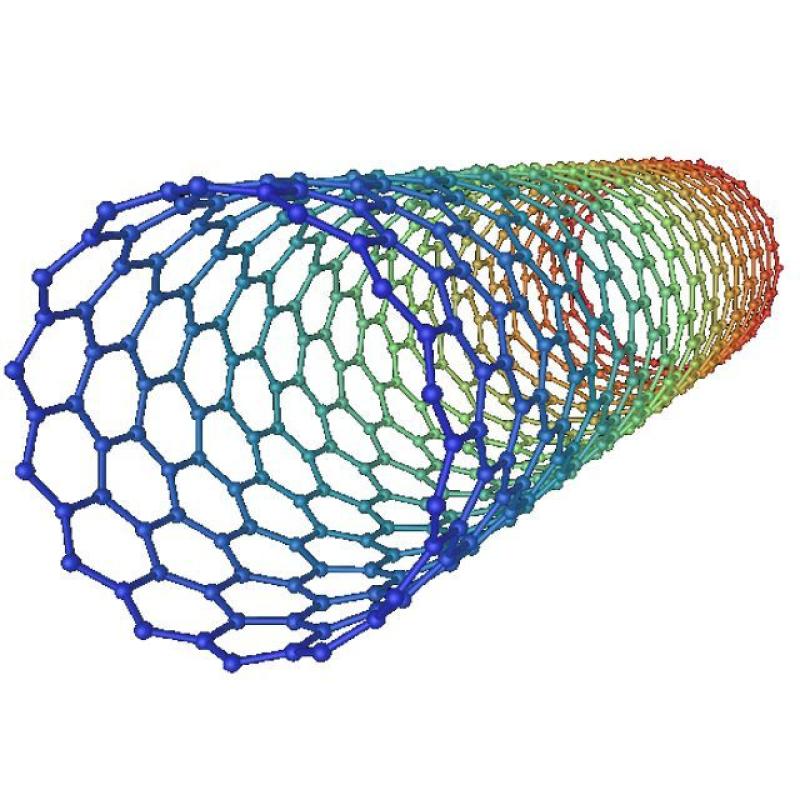Carbon nanotubes (CNTs) represent one of the most revolutionary materials discovered in recent decades, offering extraordinary mechanical, electrical, and thermal properties. As cylindrical molecules made up of carbon atoms arranged in a hexagonal pattern, these nanostructures have captivated researchers, industries, and technology developers globally. The multifaceted potential of carbon nanotubes extends across numerous sectors, positioning them as integral components in the next wave of technological innovation.
Understanding the Unique Properties that Drive Carbon Nanotubes’ Versatility
Carbon Nanotubes are characterized by their exceptional tensile strength, electrical conductivity, and thermal stability. Structurally, a CNT consists of rolled sheets of graphene with diameters typically in the nanometer scale, while lengths can extend to several micrometers or more. This unique one-dimensional nanostructure endows CNTs with remarkable mechanical robustness; they are many times stronger than steel yet significantly lighter. Additionally, depending on their chirality and diameter, CNTs exhibit either metallic or semiconducting properties, making them invaluable for electronic applications.
The distinctive electrical attributes stem from the delocalized π-electrons along the tubular carbon framework, which permit ballistic electron transport under specific conditions. Thermal conductivity along the tube axis can surpass that of diamond, allowing efficient heat dissipation. These properties facilitate the use of carbon nanotubes in areas like nanoelectronics, thermal management, and high-strength composites, fueling innovation in various commercial and industrial fields.
Navigating Current Market Research Insights for Strategic Industry Applications
In-depth market research reports provide comprehensive analyses of the carbon nanotubes sector, highlighting trends, challenges, and growth opportunities. These detailed resources offer valuable insights about global demand patterns, competitive landscapes, manufacturing technologies, and end-use applications. For businesses aiming to capitalize on CNT technology, such market reports serve as critical tools for informed decision-making, enabling stakeholders to navigate the dynamics of raw material availability, regulatory frameworks, and technological advancements.
The commercial utilization summary within these analyses reveals that electronics, energy storage, and composites manufacturing represent the most lucrative sectors currently adopting carbon nanotube technologies. Furthermore, these research reports dissect regional market behaviors, offering strategic intelligence on key growth hubs, emerging players, and potential investment hotspots. Accessing such nuanced market intelligence facilitates a deeper understanding of supply chain intricacies and potential partnerships.
Commercial Impact of Carbon Nanotubes in Electronics and Energy Sectors
Carbon nanotubes are reshaping the landscape of electronic device fabrication due to their high electron mobility and compatibility with miniaturized components. CNTs have been integrated into field-effect transistors (FETs), sensors, and display technologies, enhancing device performance and lowering power consumption. Their semiconducting types enable the evolution of flexible and wearable electronics, which demand materials that can maintain functionality under mechanical stress.
In the energy industry, carbon nanotubes contribute significantly to next-generation battery and supercapacitor technologies. Their high surface area and conductivity improve electrode efficiency, leading to faster charge-discharge cycles and enhanced energy densities. This technological integration not only enhances portable energy solutions but also supports renewable energy storage systems, facilitating a transition toward sustainable power infrastructures.
Transactional Aspects and Supply Chain Dynamics in Carbon Nanotubes Commercialization
The procurement and distribution of carbon nanotubes involve complex transactional activities encompassing raw material sourcing, synthesis methods, and quality control protocols. Manufacturers and suppliers engage in contracts focusing on purity levels, structural specifications, and scalability of production techniques such as chemical vapor deposition (CVD). The pricing mechanisms fluctuate based on diameter size, chirality precision, and functionalization treatments that tailor CNTs for specific applications.
On a commercial front, the supply chain efficiency plays a pivotal role in accelerating product adoption across industries. Integration into composite materials necessitates high-quality CNT batches with consistent performance characteristics. Consequently, partnerships between raw material providers, technology innovators, and end-users optimize production cycles and reduce time to market, reinforcing the industry’s growth trajectory.
Future Outlook and Emerging Trends Propelling Carbon Nanotube Innovation
Looking ahead, the carbon nanotubes market is poised for substantial expansion driven by advancements in large-scale synthesis and functionalization methods. Research focusing on scalable processes that reduce costs while enhancing material uniformity is progressing rapidly. The exploration of hybrid materials combining CNTs with polymers, metals, or ceramics is opening new horizons for multifunctional applications, from biomedical devices to aerospace engineering.
Cutting-edge developments in nanorobotics, quantum computing, and environmental remediation also depend on the unique capabilities of carbon nanotubes. As the demand for smarter, more efficient, and lightweight materials intensifies, CNTs are expected to play a critical role in realizing the next generation of technological breakthroughs. Continued innovation, backed by detailed market intelligence, will shape investment decisions and commercialization strategies, underpinning the future success of carbon nanotube applications worldwide.
Get this Report in Japanese Language: カーボンナノチューブ
Get this Report in Korean Language: 탄소 나노튜브
Read More Articles Related to this Industry
Recent developments in Anti Venom Industry
About Author:
Money Singh is a seasoned content writer with over four years of experience in the market research sector. Her expertise spans various industries, including food and beverages, biotechnology, chemical and materials, defense and aerospace, consumer goods, etc. (https://www.linkedin.com/in/money-singh-590844163)
